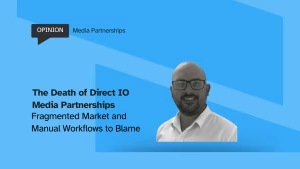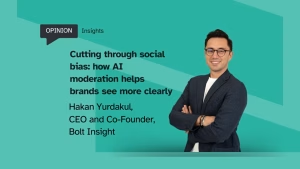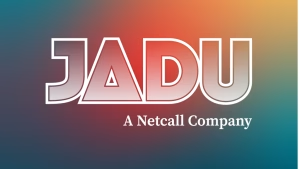By Tom Ollerton, Founder, Automated Creative
I was inspired to read Synthesia founder Victor Riparbelli’s thoughts on how synthetic media will accelerate creative expression. It’s been a much-discussed topic of conversation amongst I’ll Be Back followers and attendees. This article is a write up of my talk from last month’s event at Founders Factory.
Riparbelli’s compelling arguments look at the full spectrum of creativity and communication – how synthetic media represents “a major paradigm shift in media creation and consumption that will likely change the equation for entire industries.”
I agree – but I’d like to take a step back for a moment and look at a smaller part of this broad creativity equation – adverts themselves and, in particular, video. I believe that the future of advertising will be synthetic ads delivered at high speed and huge scale.
Let’s first take a look at where we are today. We have already come a long way in terms of the democratisation of content production and distribution.
Most brands now have the capacity to create good quality written content and visual assets (stills) and publish it for free. This is largely down to tools like Photoshop, which are cheap to buy and simple to use.
The internet and social media have also made it relatively easy for brands to distribute ads. While there are fewer and fewer opportunities for ‘organic’ content to perform well, media spend on social is a fraction of what you’d be looking at for channels such as TV.
Because this process has been democratised, the internet is now packed with brands of all shapes and sizes producing high-quality imagery and photography. Yes, you need ideas – there’s still an important human element – but the marginal cost of producing images is incredibly low.
Professional video production has not seen the same advancements. Creative agencies still rely heavily on humans to make ads. The output of this process is distributed in media, and media agencies put money behind it to try and ensure it’s seen by the right people.
Some progressive businesses are using techniques like generative, dynamic and programmatic advertising to do this slightly differently – but ultimately, the vast majority of film assets are made by people.
Currently the ability to generate top quality film needs big budgets, lots of time and skill. The brands with the deepest pockets are usually those that stand out – they are the ones that can afford the best creative agencies and the highest production costs. The difference between what a big and a small brand can achieve is still huge. And it means that video is still primarily used as a tool for mass communication.
This is where synthetic media comes in. It is to film production what social media is to TV. It’s going to democratize high quality video content to make it accessible, allowing brands with small budgets to make ‘big budget’ video content.
What is synthetic media exactly? Well, as it sounds, it’s video content created by AI. What you’re looking at has not been created by a human, but generated by an algorithm.
For context, you probably know synthetic media best for deep fake videos. Anyone who’s been fooled by one of these will know how convincing it can be. You may have been perturbed by this but instead consider the possibilities. If technology can produce such a convincing human likeness – one of the most difficult things to convince other humans of – imagine the impact it can have on the future of video advertising.
With synthetic media there will be no need to coordinate talent or even have them on location. It can turn smartphone footage into flawless film. Avatars, chatbots and interactive videos will be quick and easy to create. Anyone with a phone and a creative idea will be able to produce content that rivals Hollywood.
Of course, regulation will have to catch up with technology. In much the same way that the influencer marketing industry is currently being told it must offer greater transparency, it will be important for consumers to know the origin of what they’re watching when it comes to synthetic media.
But in time, synthetic media will be the norm. Production houses will be forced to adapt to an influx of cost effective competition when it comes to visual storytelling. Video won’t just be a tool for mass communication, but for any brand who wants to use it, on any channel. And in ten years’ time, the big budget ads of today will be created by small brands in We Work.
If it takes no time and little budget to make one ad – why stop there?










